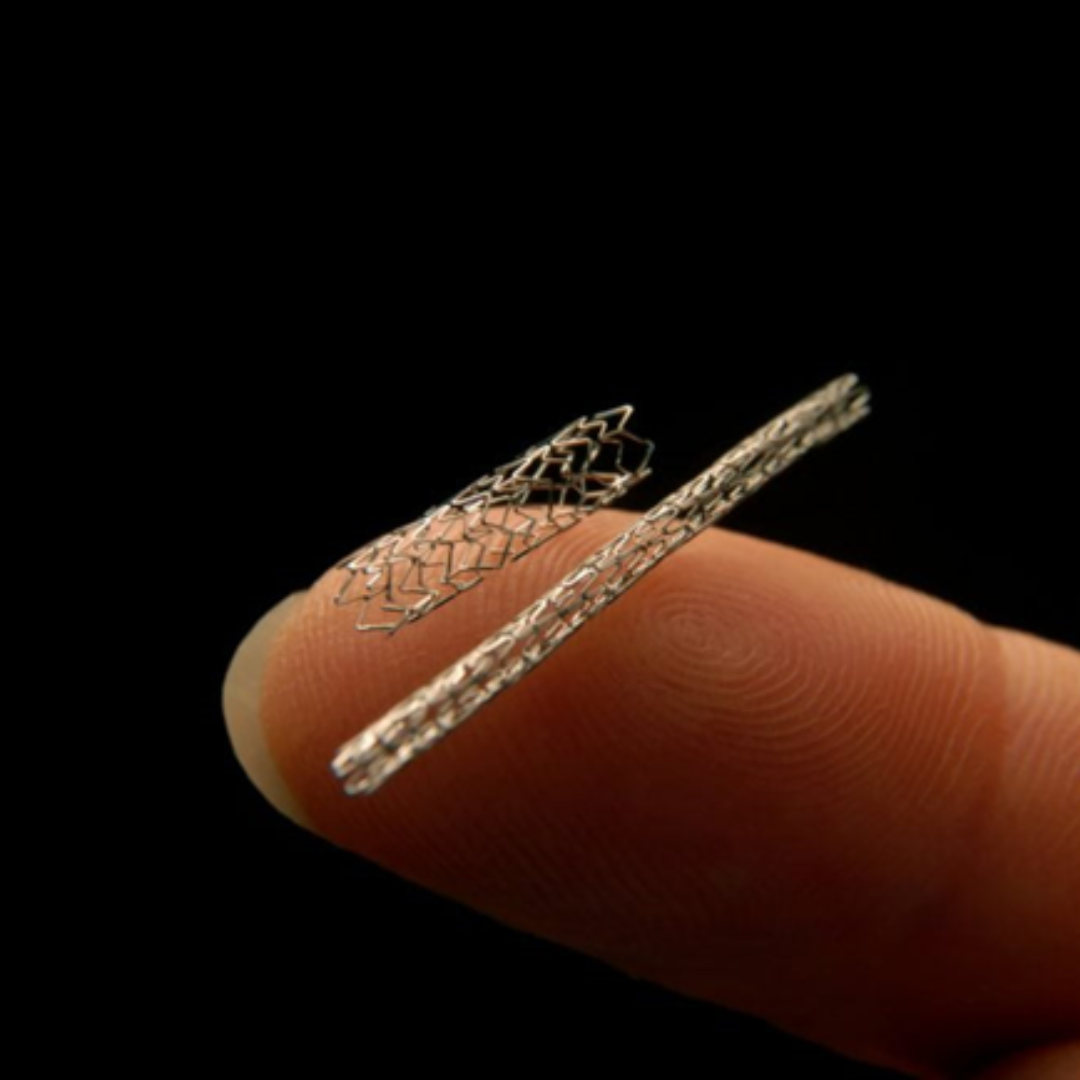- info@eltech.in
- +91-96196 86917, +91-84509 80333
A surface modification technique called vacuum plasma treatment can be utilised to improve the functionality and biocompatibility of stents. To keep a blocked or narrowed blood artery open and increase blood flow, a small medical device called a stent is put into the vessel.
Vacuum plasma treatment for stents has several advantages, one of which is that it can increase the adhesion of coatings to the stent surface. The stent might be coated with substances like medicines or polymers to enhance its functionality or prevent restenosis (the re-narrowing of the blood vessel). Better performance and a longer coating lifespan may be the result of these coatings' improved adherence to the surface of the stent.
Moreover, vacuum plasma treatment can enhance the stent surface's biocompatibility. To do this, the surface chemistry of the stent is changed to make it either more hydrophilic or hydrophobic. The friction between the outer surface of the stents and the inner wall of the blood arteries/blood vessels is significantly reduced with the aid of hydrophobic coating by HMDSO (Plasma Polymerisation), since the coefficient of friction after coating is lower. If a stent is made hydrophilic, that particular application will be for bonding, where a stent is attached to a tube that is sensitive to heat. Nevertheless, because this is low pressure, low temperature plasma generation, only the surface energy is enhanced without harming the tube. The stent and nitinol cage are also bonded together in other applications.
